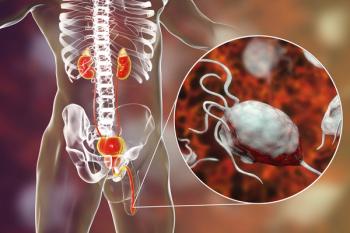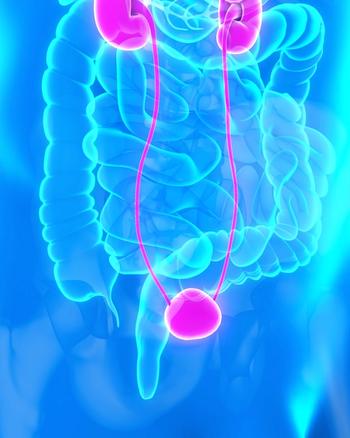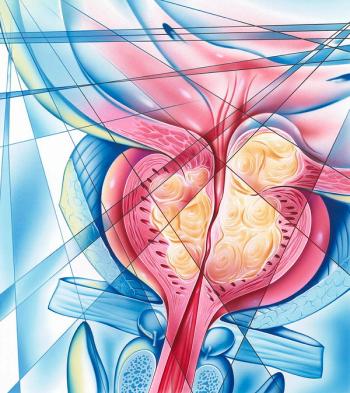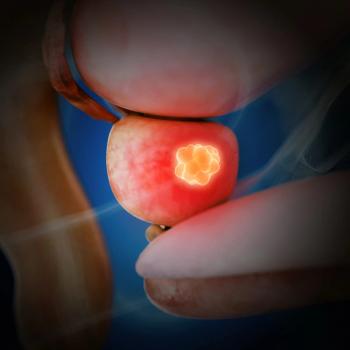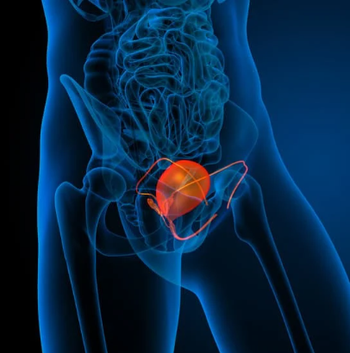
Study Explains the Uptick of Prostate Cancer in World Trade Center First Responders
Researchers conducted gene expression analyses on prostate cancer tumor samples from World Trade Center first responders and general population patients to see if there were any differences between the two.
Increased inflammation and immune response may partially explain the excess incidence of prostate cancer among first responders exposed to dust at the World Trade Center after the September 11, 2001 terrorist attacks, according to a
Due to the possibility of chance associations in epidemiological studies,
“As far as I know, [this study] is the only one that’s really looked at these causative mechanisms in this context,” he said.
He said this study provides a “mechanistic underpinning” for an increased incidence of prostate cancer among World Trade Center first responders and strengthens the findings of the epidemiologic studies.
To unearth a possible mechanism, the study researchers first conducted a gene expression analysis of immunologic and inflammatory genes in archived prostate cancer tumor samples from 15 patients who were World Trade Center first responders and 14 patients who were not. Compared with the control group, the World Trade Center first responder samples had a notable downregulation of genes involved in immune cell chemotaxis and proliferation, as well as a significant upregulation of genes involved in apoptosis and immune modulation. In addition, the pathways for DNA repair, G2–M checkpoint, and glycolysis were especially upregulated and the pathway for protein secretion was downregulated. Furthermore, three types of immune cells were significantly upregulated.
Study researchers further explored the acute effects of World Trade Center dust on the prostate by exposing rats with healthy prostates to the carcinogenic dust. Compared with a set of control rats who were not exposed, the prostate tissue of the exposed rats had an upregulation of antigen-presenting cells and B cells, suggesting the dust triggered an adaptive immune response. In addition, T-helper cell 17 (which is a subset of effector memory T cells) was upregulated and was one of the immune cells also upregulated in the archived human samples, indicating that the dust exposure lead to an inflammatory response.
The sole pathway found upregulated in the prostate tissue of exposed rats was the cholesterol synthesis pathway, which has been shown to be upregulated in prostate cancer tumors.
One possible application of these findings, Ittmann said, is earlier or more intensive screening of these first responders who may be at a higher risk of developing prostate cancer. In addition, he said the study findings may also be relevant to other kinds of occupational exposures that men may experience in other industries. In particular, the study researchers highlight populations of men exposed to environmental pollutants like that from motor vehicle emissions, industrial processes, power generation, and the household combustion of solid fuel.
Newsletter
Stay up to date on recent advances in the multidisciplinary approach to cancer.


